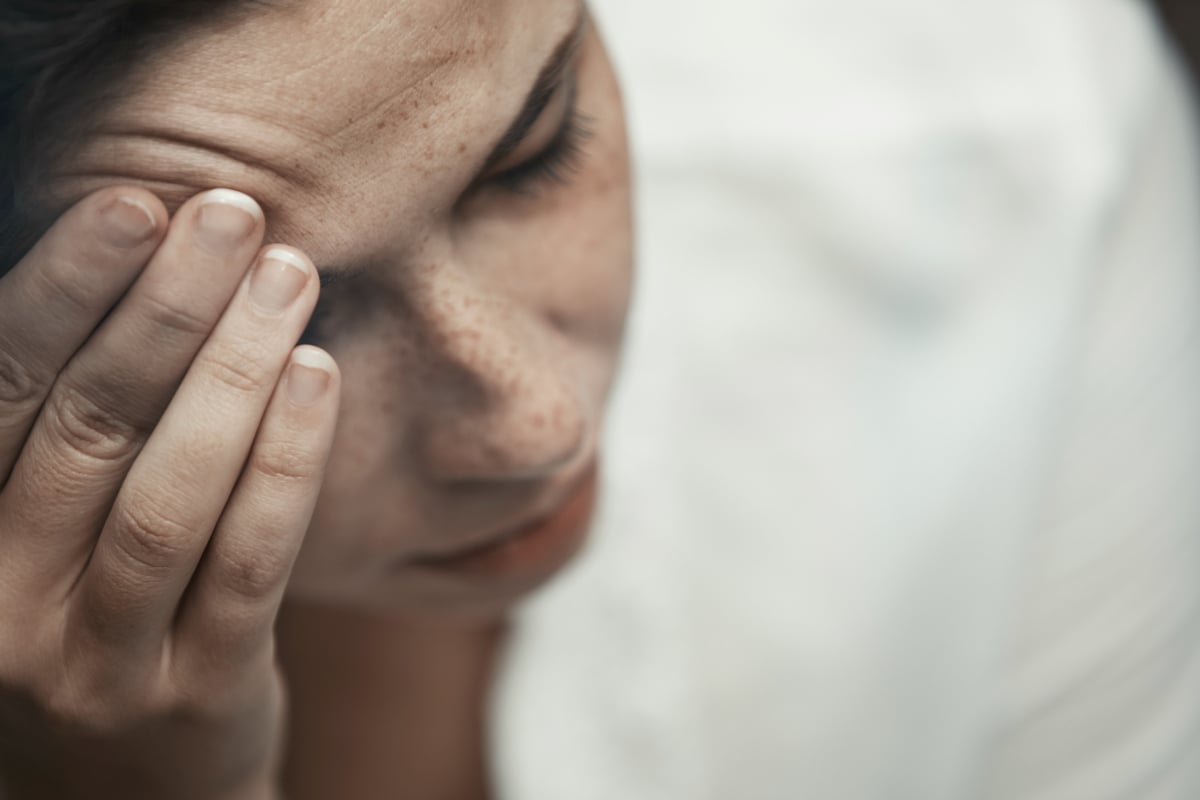
An invisible or silent illness is a medical condition that causes pain and/or fatigue without outwardly changing someone’s appearance or requiring them to use an assistance device, like a wheelchair. When I asked how other people tended to react to their illness, most women had experienced the following scenario. Work colleagues, family, friends and even total strangers would listen to their stories, before replying with
- “But you look so well?”
- “You smile and laugh all the time; how can you be in that much pain?”
- “Chronic fatigue? I have three kids, I already know all about chronic fatigue!”
I feel offended if I’m asked, “Are you sick?” during a make-up free day (I prefer to think of myself as #PastyYetTasty) so if my every day was spent in pain and nobody believed me, I’d be completely exasperated. I had to know more about what life is like for these courageous women.
Receiving a diagnosis.
I’ve learnt that some of the worst parts about having an invisible condition is the disbelief and the scepticism. Imagine being in excruciating pain, or feeling constantly tired, and meanwhile everyone around you is like:
Unfortunately, gender could potentially exacerbate this disbelief. There are studies that suggest that when it comes to diagnosis and pain management, a gender-bias may exist in the health care sector. Additionally, some psychologists argue that we have been socialised since childhood to respond to pain in a gendered way. Their research claims that, historically, men and boys have been taught to ‘tough it out’, while women and girls have been encouraged to be extra-cautious and to verbalise their discomfort. These gender-norms may partially explain why some men put off going to their GP, and why some women in pain are told that they are just overreacting.


Top Comments
Thank you for this article. I would like to add that sometimes invisible illness sufferers can have good days. Having good days, pain free days, seems to reinforce the notion that the illness is just an excuse to get out of something. Because on good days you are your normal self and a person who can function until...You’re not! Then the doubt, the eye-rolls and the annoyance sets in. It’s no fun being judged when you are feeling terrible but when it happens on a good day it is incredibly frustrating and depressing.